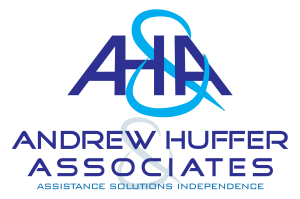As a facilitator or participant, people often believe ‘Vision statement = Hard work.’ And this can be the case. And sometimes it’s even worth thinking, “does this group really need a vision statement?” Right now I can feel facilitation purists wanting to gag me with their flipchart paper…but let’s keep an open mind here.
This week I ran a short workshop with some high level leaders in Western Australia. Busy people. Every minute counts. No nonsense. No fluff – you get the picture.
The client wanted them to set a collective vision. My feeling was the time, timing and context was not right. It was their first meeting, we didn’t have long and I didn’t want to compromise a vision setting process as I know how powerful it can be.
So I called upon an old friend – Photolanguage. It’s a set of about 130 black and white photos of people and landscapes from across Australia. People doing it tough, different cultures, with family, without family. Beaches, bush, desert, rivers, suburbia and country towns.
Before the workshop a selection of photos was laid out on a long, white photo at the back of the room. Early on I asked participants to think about their role on a daily, weekly, monthly, quarterly and yearly basis. Then I asked them, “when you finally close the door and leave for the last time, what do you want to see? What’s been achieved?”
They were then asked to select a photo that reflected this and discuss it in pairs. Each person then shared their individual vision with the group. It was powerful stuff. People were very connected with it.
So did we develop a vision statement? No! Did everyone have a clear sense for each other’s visions? Yes! And that helped us in doing our work productively and collaboratively for the rest of the day.
Photolanguage kits can be bought online through Open Leaves Booksshop http://www.openleaves.com.au/products/Photolanguage-Australia.html
And of course I’m always keen to hear your experiences on vision setting – good and bad! So please ‘Speak your Mind!’


Reader Interactions